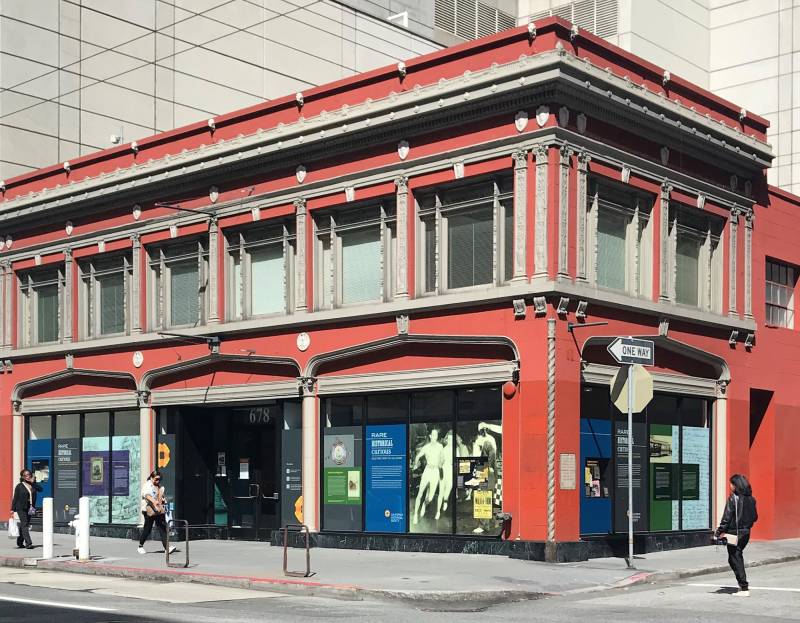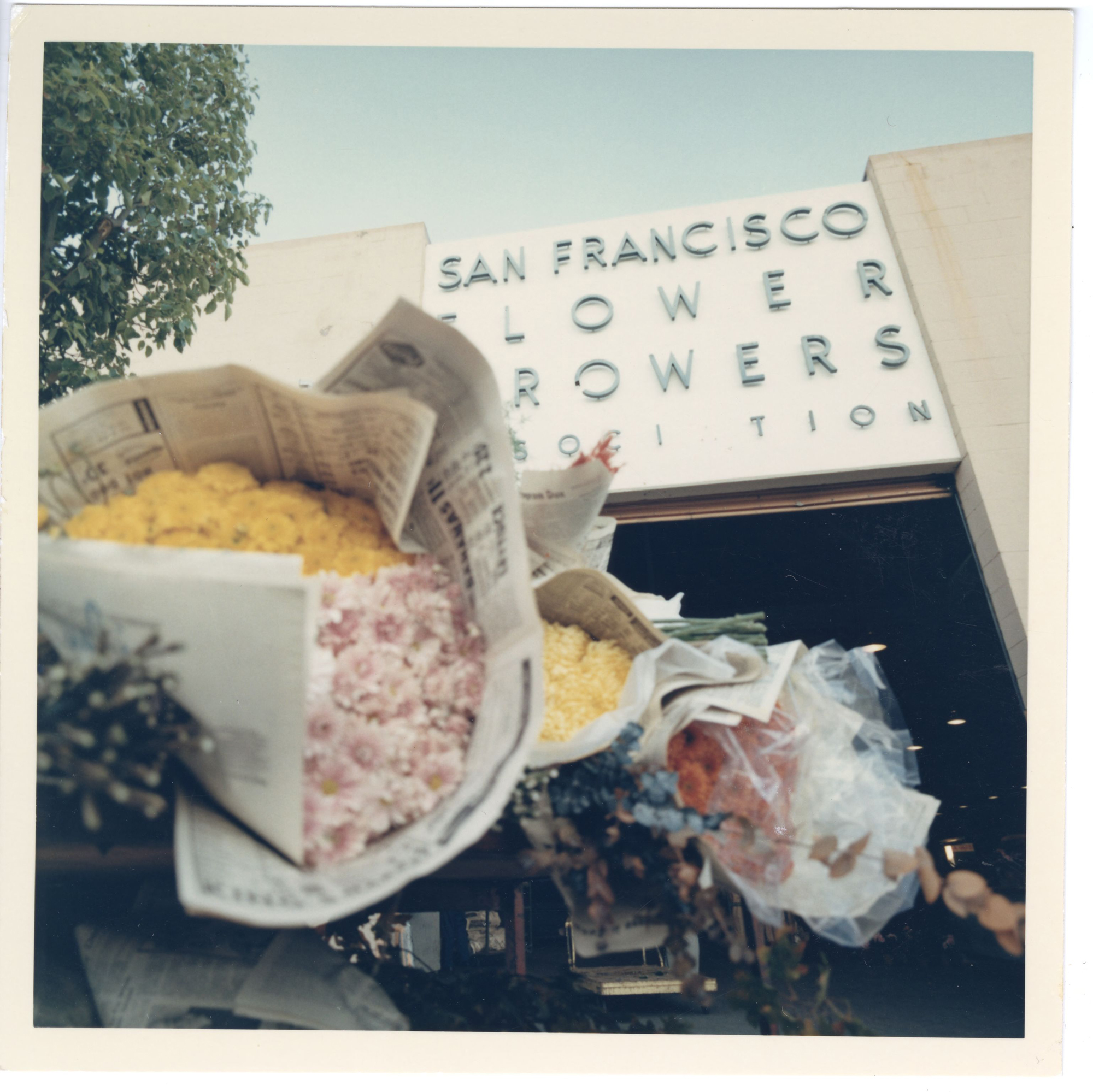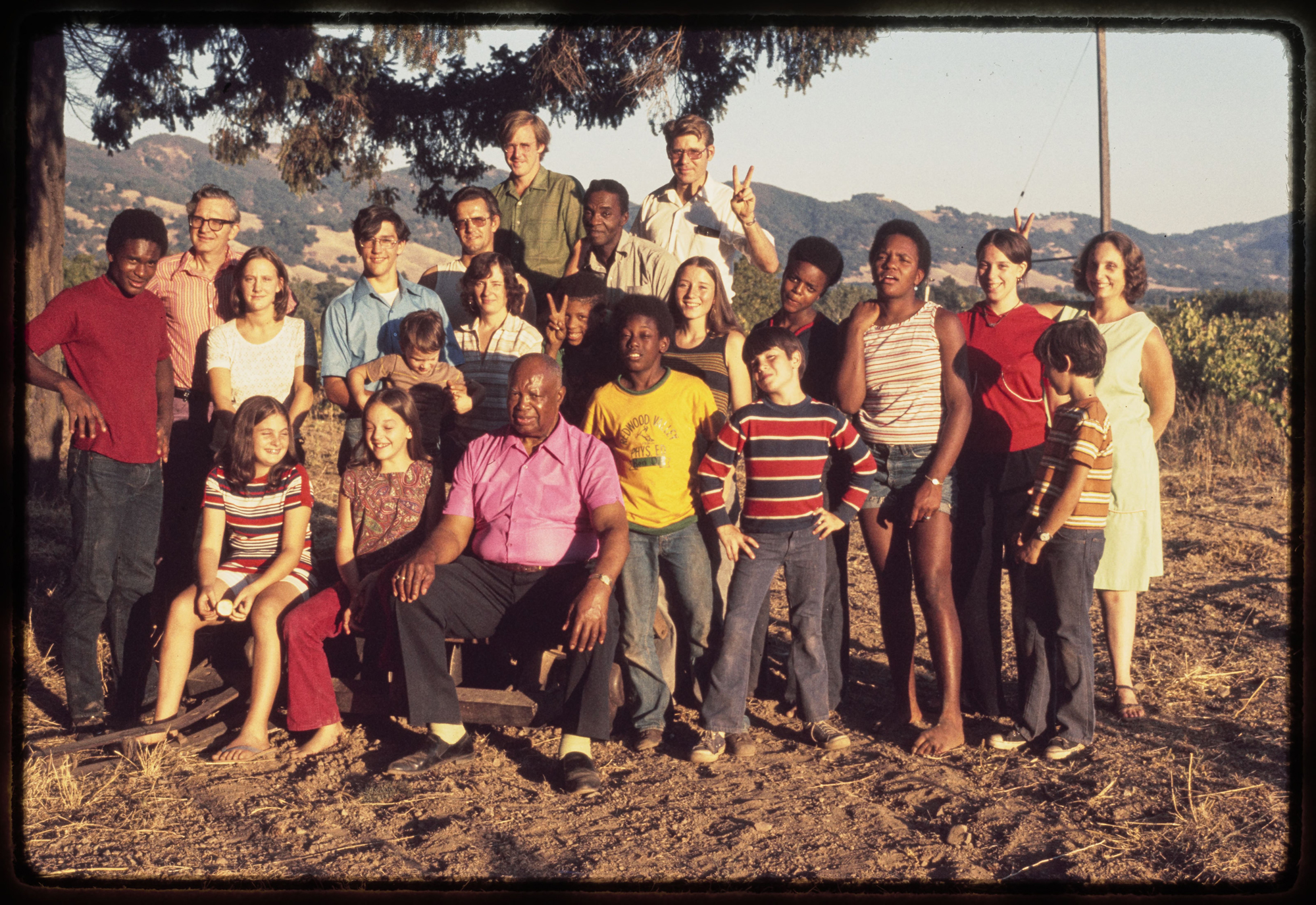The California Historical Society (CHS) announced today it has permanently closed and transferred its collection to Stanford University.
153-Year-Old California Historical Society Closes, Transfers Collection to Stanford

The nonprofit, which was established in 1871 and became California’s official historical society in 1979, struggled for at least a decade to attain financial stability, even before the pandemic whittled away visitorship and donations. Unlike other state historical societies, the CHS never received general operating funds from the state of California.
Plans to dissolve the organization were set in motion by board vote last summer.
The CHS collection contains wide-ranging material that dates back to the 18th century: Gold Rush-era diaries, documentation of Jim Jones’ Peoples Temple and archives from the California Flower Market (founded by Japanese American flower merchants in 1912). The collection is estimated to contain over 600,000 items and is known as one of the most significant holdings of state history.

Now, in a collaborative effort between the Bill Lane Center for the American West and Stanford University Libraries, Stanford will assume permanent stewardship of these items.
Quoted in Stanford’s press release, Michael A. Keller, university librarian, said, “[The CHS’s] collections of books, journals, letters and postcards, maps, photographs, newspapers, and more form an enormous, relatively untapped resource for historical research, for teaching, and for understanding the history of California and the western region.”
Dissolution is a very different fate than the one the CHS envisioned back in 2016, when San Francisco tapped the nonprofit to become the lead partner in the potential restoration of the Old Mint, a 100,000-square-foot building that survived the 1906 earthquake and fire.
But restoration of the Old Mint proved too costly. The new plan, in early 2020, was to sell CHS’s 678 Mission Street building, which the nonprofit moved into in 1993, and begin collaborating with local history organizations across the state. This, too, did not go according to plan. San Francisco’s downtown real estate market took a downturn and in 2022, CHS Executive Director and CEO Alicia L. Goehring died suddenly.

The building eventually sold last summer for nearly $6.7 million to a limited liability company affiliated with the San Francisco Baking Institute, according to the San Francisco Chronicle.
Even if the building — painted “international orange” in 2012 to celebrate the 75th anniversary of the Golden Gate Bridge — becomes an active storefront again, the Yerba Buena neighborhood has lost yet another longtime cultural anchor. Just up Mission Street, the Contemporary Jewish Museum has closed for at least a year. The Mexican Museum remains empty. And the Museum of the African Diaspora, directly across the street from the CHS, will close March through September to upgrade its interior spaces and galleries.
A silver lining in today’s news comes from the possibility of increased access to the CHS collection, which because of understaffing has been largely inaccessible to researchers in recent years.

